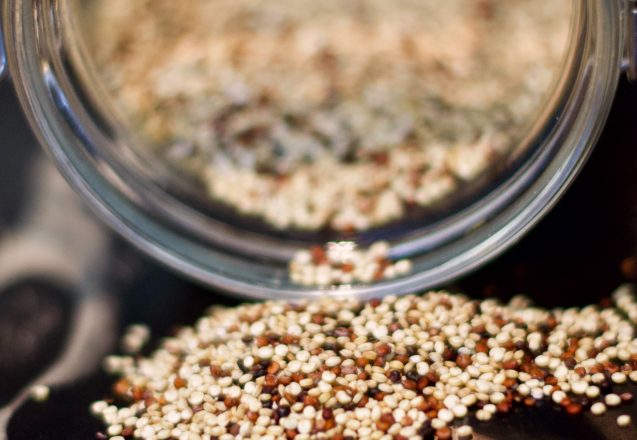Workouts That Tone Your Thighs
 It’s beach time in Houston, TX. Don’t miss all the summer fun because you’re ashamed of your thighs. Whether they’re too large and flabby, or mushy and filled with cellulite, you can change their appearance. You can tone your thighs and improve other features like your bottom and calves. Even your ankles can make a difference in how attractive your legs are. Many of the exercises improve the entire leg’s appearance.
It’s beach time in Houston, TX. Don’t miss all the summer fun because you’re ashamed of your thighs. Whether they’re too large and flabby, or mushy and filled with cellulite, you can change their appearance. You can tone your thighs and improve other features like your bottom and calves. Even your ankles can make a difference in how attractive your legs are. Many of the exercises improve the entire leg’s appearance.
Work the entire thigh, front, back, and sides.
Leg circles are simple to explain but not easy to do. Lay on your back with your legs outstretched. Lift one leg and point your toe toward the ceiling. Then start creating a large circle with your leg by rotating the leg outward and drawing a large circle in the air. Move your entire leg, keeping your hips still in the process. Draw several large circles clockwise, then do the same number counterclockwise. Lower your leg and lift the other to do the same.
You can’t eliminate cellulite, but you can make it less noticeable with exercise and diet.
Coffee and other foods can aid in creating cellulite, so changing your diet plays a role. Several exercises can help tone the muscles, which hides much of the cottage cheese appearance. Doing squats, particularly goblet squats, can work the inner thighs. Goblet squats start with the feet placed wider than traditional ones and as you bend, your knees turn outward. Side lunges are another exercise that builds muscles and tones the thighs. Make the lunges more effective by holding weights in each hand.
An inner thigh lift tightens the entire thigh.
You can modify all the exercises to work your inner thigh on different planes. Stand on one leg, with the other pointing forward and laying slightly on its outer side. Lift your leg upward slowly about a foot and bring it back down, lightly tapping your toes on the ground. Immediately lift it again and repeat the process 10 to 15 times, then switch legs. You can modify this exercise by laying on your side and lifting the leg on top, then lowering it, tapping your toes on the ground, and lifting again.
- Side lunges and traditional forward lunges are great for toning the thighs. You can do a reverse lunge, where you step backward, or a curtsey lunge that’s similar to a reverse lunge, but the leg behind goes further to the outside of the leg in front.
- Step-ups are great for toning thighs. If you don’t have a sturdy bench, exercise step, or chair to use, use the real deal and do a flight of steps. Instead of taking the elevator, take the steps. You’ll burn calories and tone your thighs.
- Get toned thighs that rival a ballerina’s by doing plies. You can use the ballet plie exercise or go for the gold and learn all the plie positions.
- Build a bridge to better legs, a tight booty, and rock-solid core muscles using a bridge exercise. Lay on your back with your feet flat on the floor and knees bent. Lift your bottom until your body forms a straight line from your knees to your head.
For more information, contact us today at Reggie C. Fitness


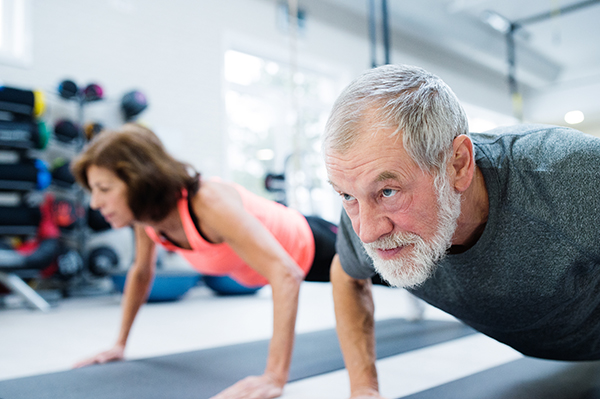
 The older you get, the more difficult it is to get all the nutrients you need, so focusing on healthy eating becomes even more important. Activity levels diminish as most people age and so do appetites. Digestive enzymes and stomach acid also reduce, making digestion and absorption more difficult even when you do eat. Some foods are not only difficult to digest, but they’re also difficult to chew if you don’t have healthy teeth, or dentures, or are missing several teeth. To make matters worse, seniors may lack the energy to cook for themselves or don’t cook because they’re living alone.
The older you get, the more difficult it is to get all the nutrients you need, so focusing on healthy eating becomes even more important. Activity levels diminish as most people age and so do appetites. Digestive enzymes and stomach acid also reduce, making digestion and absorption more difficult even when you do eat. Some foods are not only difficult to digest, but they’re also difficult to chew if you don’t have healthy teeth, or dentures, or are missing several teeth. To make matters worse, seniors may lack the energy to cook for themselves or don’t cook because they’re living alone.
 There’s a Goldilocks moment for every activity. It’s the sweet spot where everything is “just right.” When you exercise, there’s the perfect amount of time to do it and the perfect time of day for you to exercise. It’s why I tell clients in Houston to time their workouts. Working out too long can be counterproductive or it can mean you’re wasting time. Working out too little won’t achieve the results you want.
There’s a Goldilocks moment for every activity. It’s the sweet spot where everything is “just right.” When you exercise, there’s the perfect amount of time to do it and the perfect time of day for you to exercise. It’s why I tell clients in Houston to time their workouts. Working out too long can be counterproductive or it can mean you’re wasting time. Working out too little won’t achieve the results you want.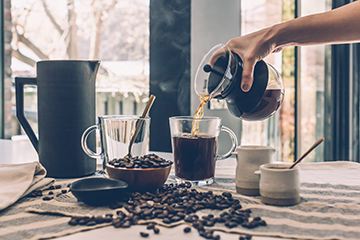
 Caffeine before a workout can provide benefits to improve your performance. There’s a point when the caffeine ceases to help and becomes a detriment to your health. Ensuring you don’t have negative consequences is important. A cup of coffee may be just what you need, you can also get caffeine in other forms. Caffeine pills are examples. They can make it far too easy to take too much caffeine which can cause dehydration, jitters, headaches, and an increased heart rate. All of those things can detract from your workout.
Caffeine before a workout can provide benefits to improve your performance. There’s a point when the caffeine ceases to help and becomes a detriment to your health. Ensuring you don’t have negative consequences is important. A cup of coffee may be just what you need, you can also get caffeine in other forms. Caffeine pills are examples. They can make it far too easy to take too much caffeine which can cause dehydration, jitters, headaches, and an increased heart rate. All of those things can detract from your workout.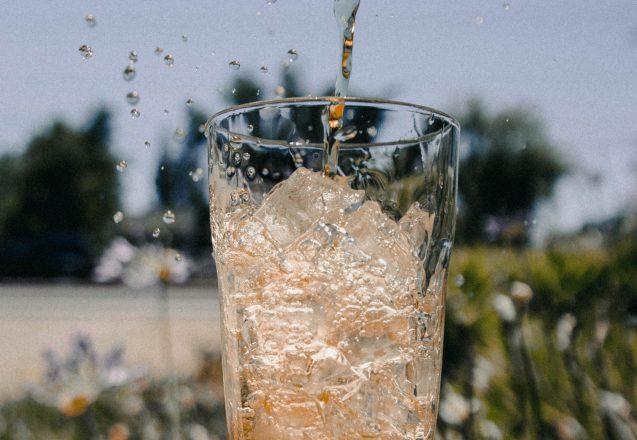
 Whether you’re drinking sugary colas or even diet drinks daily, they take a toll on your health and your waistline. The caffeine and sugary taste of coke can be hard to beat but it’s possible to overcome the soda habit forever. While the sugar in regular soft drinks is damaging to your body, soft drinks contain other things that can negatively affect your health. They contain phosphorus, among other things. Too much phosphorus in your body leaches the calcium from the bone linked to bone and deposits it in blood vessels and other parts of the body, leading to heart attack, stroke, and more. It’s hard, but you can make the break and be soft drink free forever.
Whether you’re drinking sugary colas or even diet drinks daily, they take a toll on your health and your waistline. The caffeine and sugary taste of coke can be hard to beat but it’s possible to overcome the soda habit forever. While the sugar in regular soft drinks is damaging to your body, soft drinks contain other things that can negatively affect your health. They contain phosphorus, among other things. Too much phosphorus in your body leaches the calcium from the bone linked to bone and deposits it in blood vessels and other parts of the body, leading to heart attack, stroke, and more. It’s hard, but you can make the break and be soft drink free forever.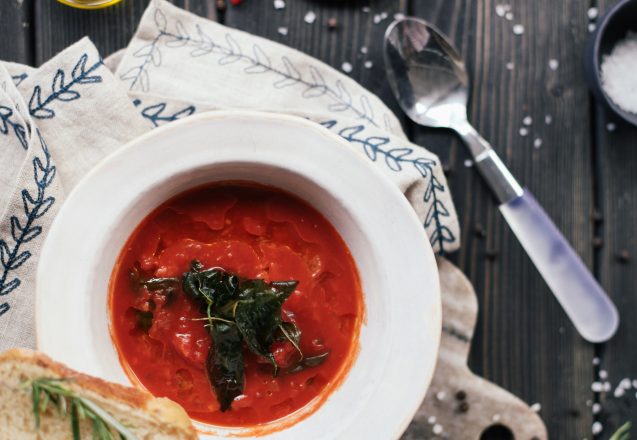
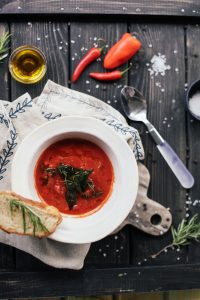 Nobody enjoys cooking during the scorching hot months in Houston, TX. Healthy meals that don’t require that much cooking. Living on take-out isn’t an option. The food is often bad for your health and is loaded with sugar, potassium, and additives. You can make any meal preparation easier by washing and cutting fresh vegetables ahead and storing them in the refrigerator.
Nobody enjoys cooking during the scorching hot months in Houston, TX. Healthy meals that don’t require that much cooking. Living on take-out isn’t an option. The food is often bad for your health and is loaded with sugar, potassium, and additives. You can make any meal preparation easier by washing and cutting fresh vegetables ahead and storing them in the refrigerator.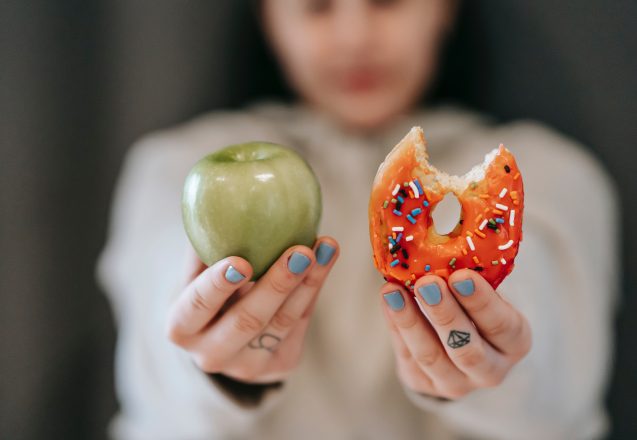
 Many people in Houston, TX, are cutting back or giving up sugar completely. Does that mean they don’t eat fruit that contains sugar? In most cases, the answer is no. There are many types of sugar, but the first large division is food with added sugar and food with naturally occurring sugar. While not all naturally occurring sugar is necessarily healthy, most food with it also contains fiber. Fiber slows the absorption of sugar into the bloodstream. That helps eliminate blood glucose spikes and a rush of insulin, which can lead to insulin resistance and the accumulation of belly fat.
Many people in Houston, TX, are cutting back or giving up sugar completely. Does that mean they don’t eat fruit that contains sugar? In most cases, the answer is no. There are many types of sugar, but the first large division is food with added sugar and food with naturally occurring sugar. While not all naturally occurring sugar is necessarily healthy, most food with it also contains fiber. Fiber slows the absorption of sugar into the bloodstream. That helps eliminate blood glucose spikes and a rush of insulin, which can lead to insulin resistance and the accumulation of belly fat.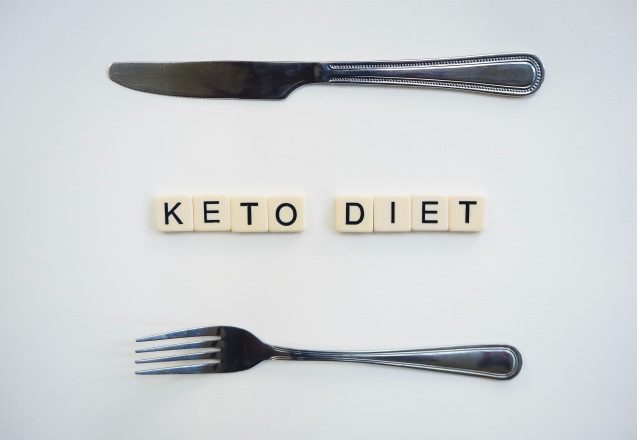
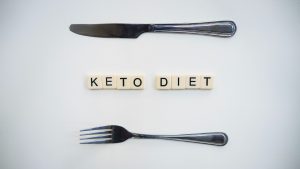 One of the most popular diets today is the keto diet. It forces the body to switch from using glucose to burning fat. That causes the increase in ketones in your blood. They’re the energy source for the brain when limited glucose is available and created by the liver. Ketosis indicates the diet is working, so you need to know when you’ve achieved it. Here are some signs to help you.
One of the most popular diets today is the keto diet. It forces the body to switch from using glucose to burning fat. That causes the increase in ketones in your blood. They’re the energy source for the brain when limited glucose is available and created by the liver. Ketosis indicates the diet is working, so you need to know when you’ve achieved it. Here are some signs to help you.
 If you never stretch, you won’t have the flexibility to protect it from injury. Stretching performs many different functions. It can wake up sleeping muscles after a night’s rest and get the blood flowing to ready them for the day. It can also help relax tight muscles after a hard day. There are many different types of stretching, but one truth that permeates all forms of stretching is that it plays an important role in every exercise program and daily living.
If you never stretch, you won’t have the flexibility to protect it from injury. Stretching performs many different functions. It can wake up sleeping muscles after a night’s rest and get the blood flowing to ready them for the day. It can also help relax tight muscles after a hard day. There are many different types of stretching, but one truth that permeates all forms of stretching is that it plays an important role in every exercise program and daily living.